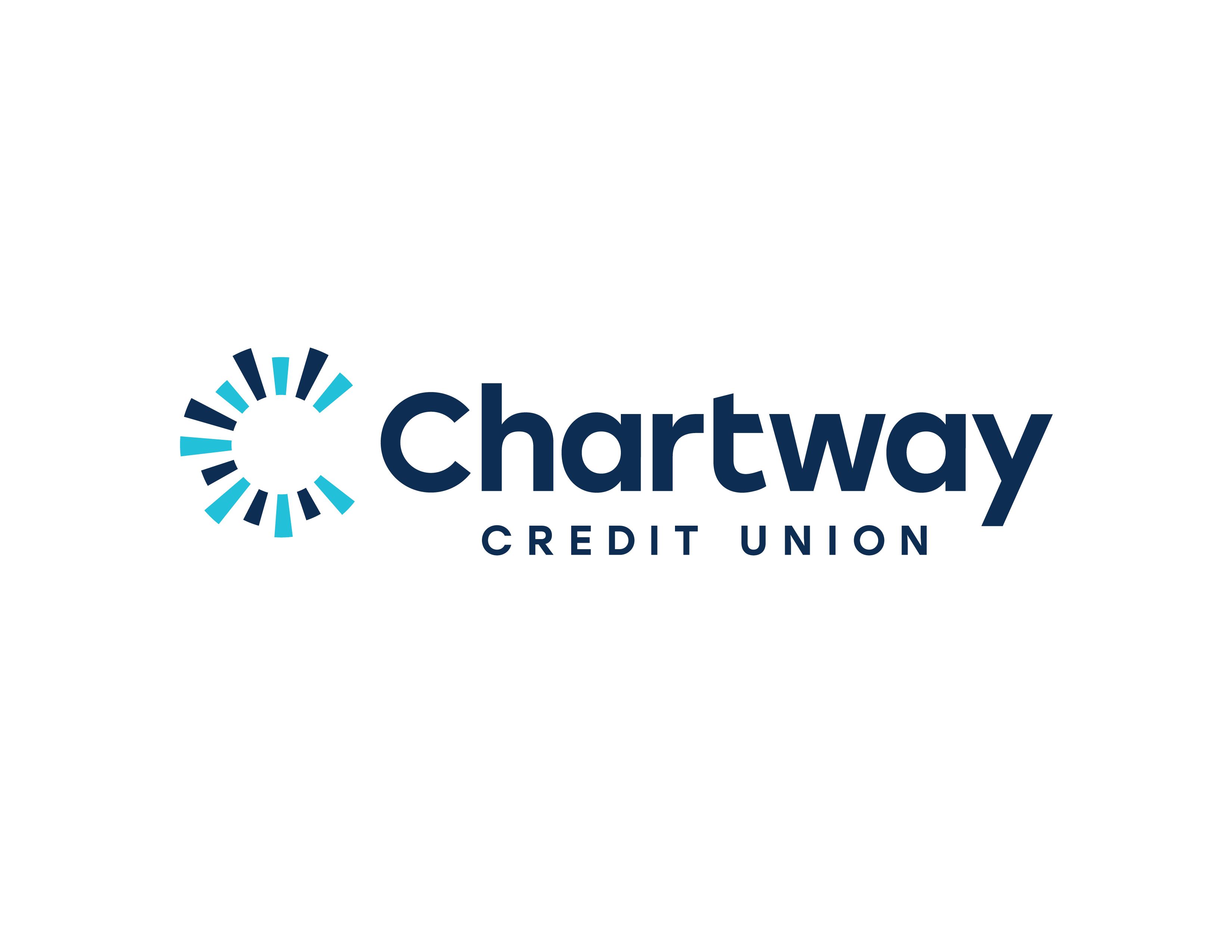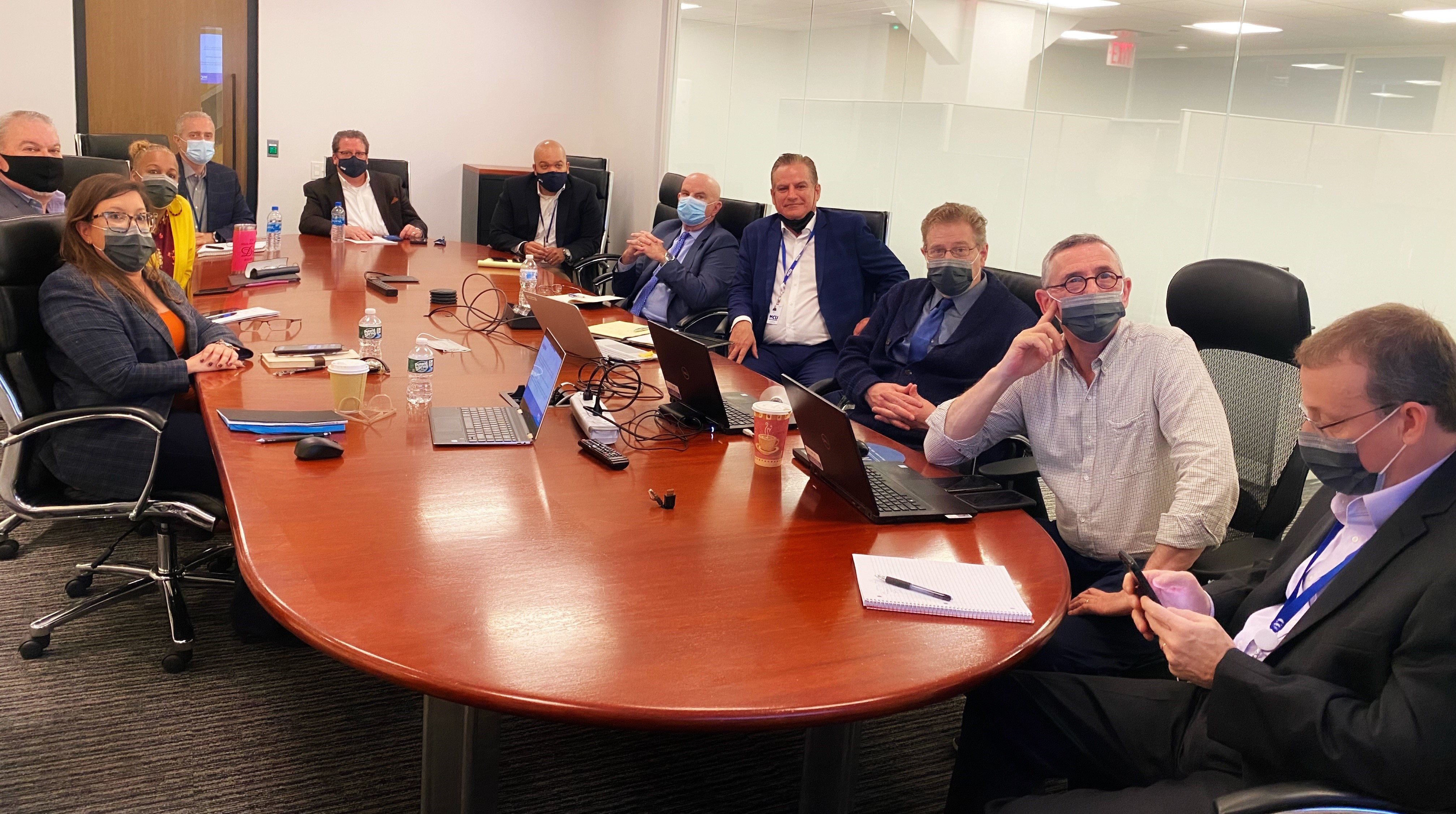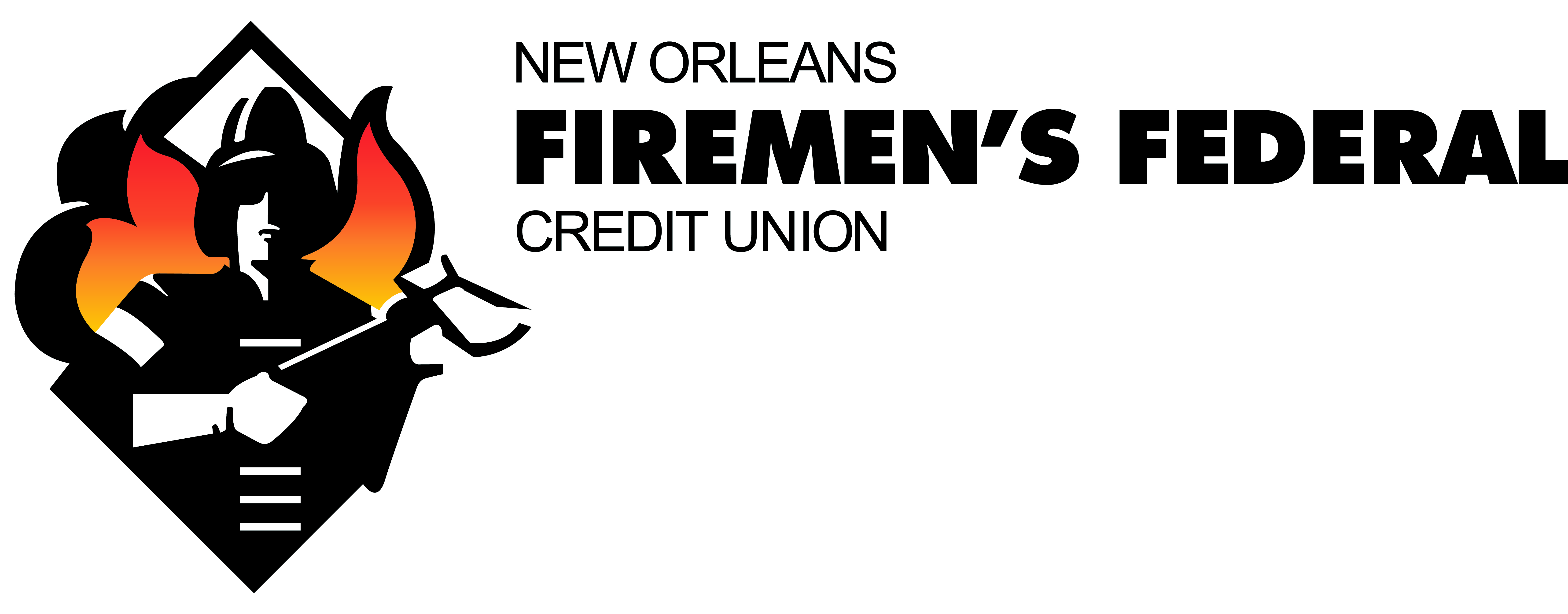
Texans Credit Union: In 2020, the executive leadership team at Texans Credit Union ($2.2 billion in assets; 113,436 members) was tasked with rebuilding the credit union to its former status as a premier credit union after of having fallen into guardianship. The team faced significant challenges, including low employee morale, outdated technology, poor member service, and the lack of a full C-suite, not to mention a global pandemic. After filling the credit union’s C-suite, the executive team focused on re-establishing a culture that empowers employees, sparks innovation and drives new processes. Texans Credit Union’s entire C-suite is just two years old today. He has helped the credit union achieve positive membership growth and build a team of employees who are now innovative, responsible, productive and happy. Employee turnover decreased to 27% over the past two years after reaching 50% in previous years.

Chartway Credit Union: The pandemic and the ever-changing social and political environment over the past few years have been a catalyst for reflection for the leadership team at Chartway Credit Union ($2.6 billion in assets; 197,265 members). In 2021, she conducted months of research that included internal and external surveys, focus groups and workshops, and emerged with a renewed purpose to help individuals, families and communities thrive. Chartway updated its brand with a new logo, icon and member correspondence to reflect its commitment to being inclusive, optimistic, passionate and empowering. In addition, the leadership team committed to updating their leadership style to be more effective and project kindness and empathy as the organization enters a growth phase. Each leader committed to individual professional development sessions and came together to share ideas, insights and tools to create positive change across the organization.

Community Credit Union: Community Credit Union ($90.9 million in assets; 11,641 members) has made it a primary goal to combat financial predators and build financial wellness in its communities, an initiative that has earned it recognition from both local and national level. The leadership team invested in financial education for staff that included how to identify and avoid predatory lending practices, budget, develop emergency funds and build credit wisely. Employees were then empowered to help members escape the predatory lending cycle and encouraged to continually provide financial education in every transaction. On a larger scale, leadership worked to educate the community about predatory lending practices through editorials, articles, social media posts, and community training sessions. The credit union invested $20,000 in search engine optimization starting in February 2022 to focus on predatory lending, check cashing and other key financial education terms to help members avoid financial pitfalls.

National Association of Credit Unions: As the world faces a new normal in the wake of COVID-19, the National Association of Credit Unions recently updated its advocacy, engagement and event lineup to help cooperatives of credit to stay relevant, promote the financial well-being of their members and set the stage for industry growth. CUNA’s advocacy team worked to remove regulatory hurdles holding credit unions back, resulting in several temporary regulatory stays and multiple bills to modernize the Federal Credit Union Act. The association also brought the industry together for the first major in-person advocacy event in two years, the CUNA 2022 Government Affairs Conference, which was attended by nearly 5,000 people. Three bills were introduced to Congress during the GAC, including a CUNA League law on the scope of membership. In all, CUNA advanced eight bills this year, wrote more than 180 letters to lawmakers and regulators, and filed three amicus briefs and a Freedom of Information Act request to advance co-op advocacy of credit in Washington, DC.

Credit Union of Texas: Nearly a century after it was founded to support Dallas teachers during the Great Depression, Credit Union of Texas ($2.1 billion in assets; 150,765 members) maintains its focus on giving back and helping the underprivileged and vulnerable At the core of its community engagement model, introduced in 2018, are seven community engagement officers who understand community needs and provide volunteers and financial support to meet those needs. The team focuses on five main areas of need, including suburban homelessness, domestic violence, special needs, food shortages and child advocacy. Additionally, CUTX’s commitment to building a portfolio of leaders starts at the top with CEO Eric Pointer, who joined CUTX as a part-time cashier at age 21 and worked his way up through the ranks during his 29 years career The CUTX Pathways program, introduced this year, admits eight employees each year to experience each department, earn a CUTX-paid MBA and advance within CUTX upon successful completion of the program.

Municipal Credit Union: When New York City municipal employees most needed support from their credit union at the start of the pandemic, Municipal Credit Union ($4.3 billion in assets; 590,850 members) was under guardianship after years of fraud and mismanagement. Kyle Markland was hired as CEO in November 2020 and quickly established an executive team focused on saving MCU through tight expense management, careful margin management to reduce cost of funds, increase revenue by engaging the members and increase loans while monitoring the loan. quality to keep crime well managed. In February 2022, 42 months ahead of schedule, MCU came out of conservatorship and was returned to its owner members. After a brief celebration of their success, the Markland and MCU executive team has shifted from survival mode to building a strategic plan to better serve its members, which include members of the New York Police Department, the Fire Department of New York and New York City Hospital workers.

New Orleans Firemen’s Federal Credit Union: Over the past year, the biggest challenge for the executive leadership team at New Orleans Firemen’s Federal Credit Union ($260 million in assets; 28,346 members) was Hurricane Ida , which affected nine branches in Louisiana and Mississippi, damaging buildings and leaving about half of its employees without access to their homes. Operating on backup generator power, spotty Internet and cell phone coverage, and only about 100 employees, the credit union continued to provide services to members with the help of evacuated employees working on laptops. In addition, the FCU of the Fire Department opened its offices for displaced employees to use as temporary housing. In less than 60 days after Ida’s furor, the Fire FCU funded 369 emergency loans for more than $593,000 and 748 loan deferments. In less tumultuous times, each executive acts as the CEO of their department working on goals ranging from growing loans, conducting financial coaching, improving and adding digital services, refining branch and contact center experiences, and creating efficiencies in the back-office programs.
We are pleased to continue our presentation of the LUMINAIRES Finalists of the 2022 promotionwho are being recognized this year for the many dynamic and inclusive ways they are driving the credit union industry.
The finalists were selected by our editorial team from several hundred stellar nominations in four award categories: Diversity, Equity & Inclusion, Executive Leadership, Technology Innovation and Product Innovation.
This slideshow highlights the seven finalists in our Executive Leadership: Organization category. These submissions reflect a very competitive pool that we had to thoroughly research to get to the final seven organizations. Congratulations to these finalists!
The LUMINARIES Class of 2022 finalists were recently reviewed by a diverse panel of judges from across the credit union industry, and a select group of winners will be announced on stage at the inaugural awards dinner and gala program, which will take place. November 9 at the Four Seasons Hotel in Washington, DC
[ad_2]
Source link




